Crosschain System Overview
Architecture & Components
Lamina's Multilayered Infrastructure
Component: Crosschain API - Protocol interaction
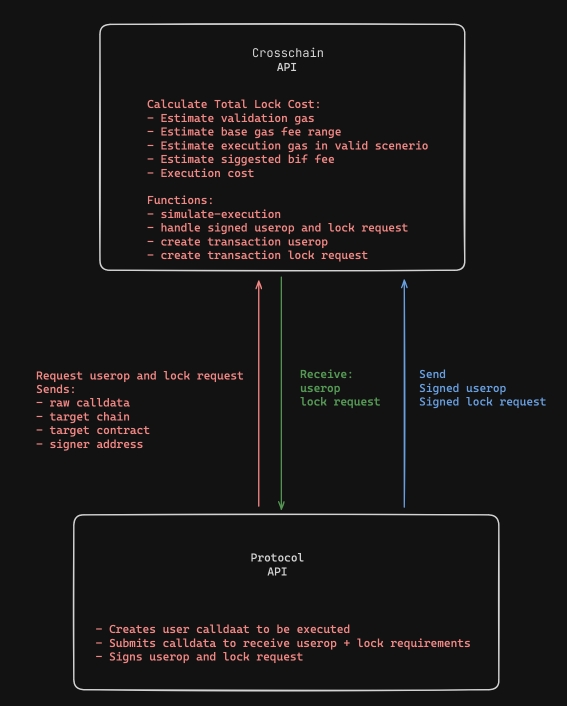

Client Validation: Crosschain API - Client Interaction
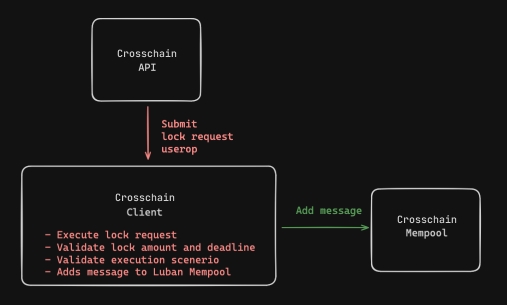
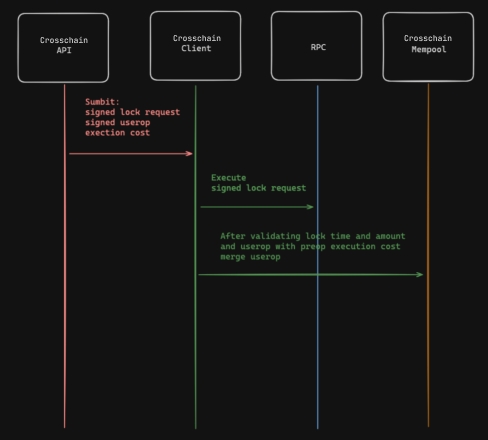
Solver Execution: Crosschain Mempool - Solver Interaction
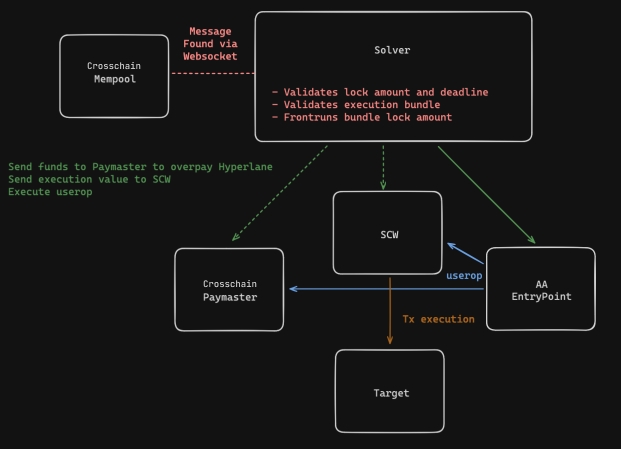
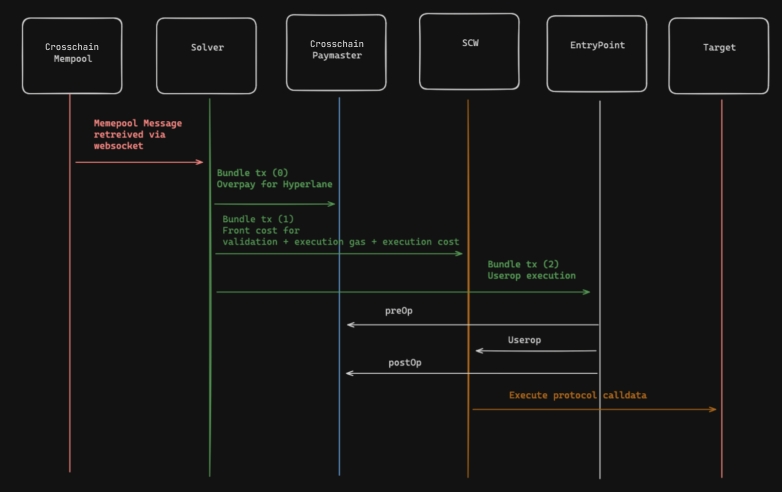
Deterministic Crosschain: Crosschain Paymaster - Hyperlane Network
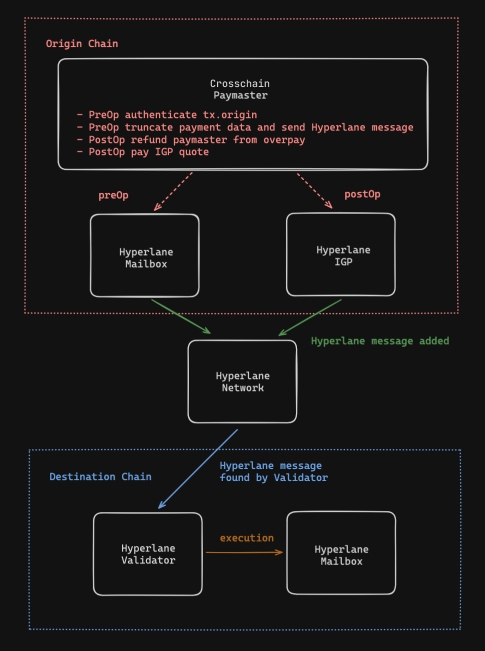
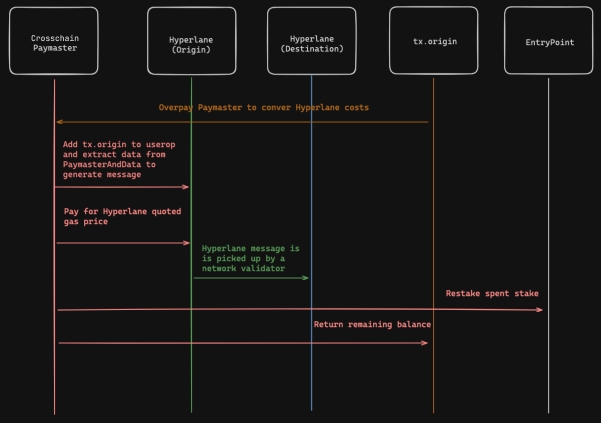
Escrow Resolution: Hyperlane - Escrow Payout Validation
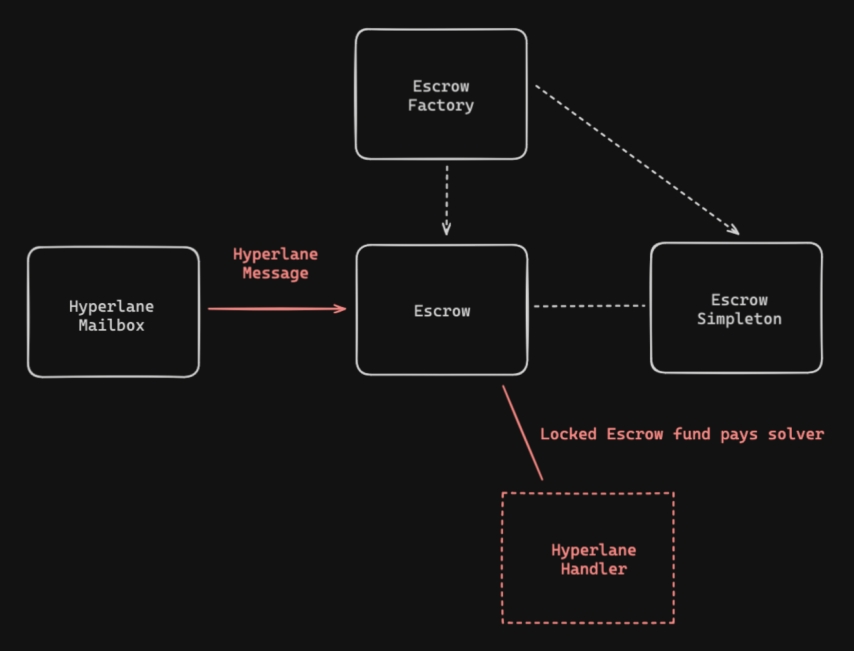
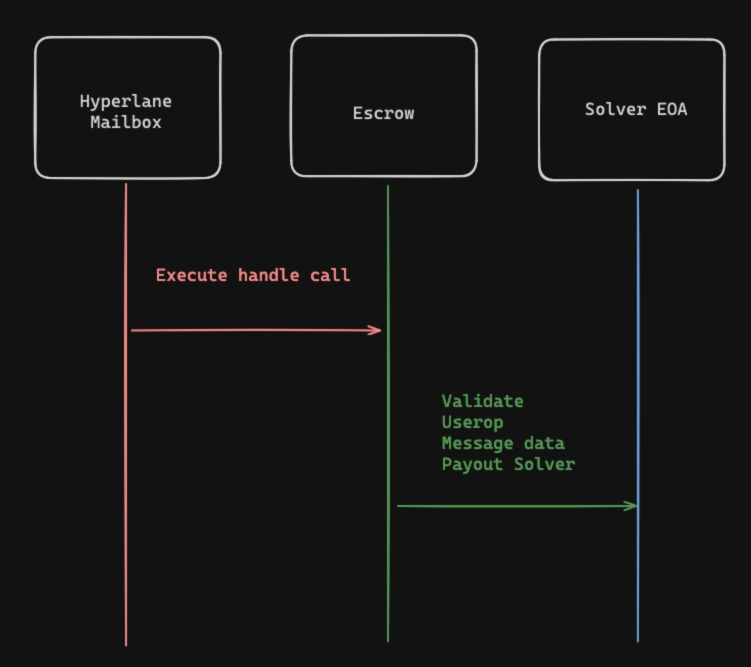
Last updated